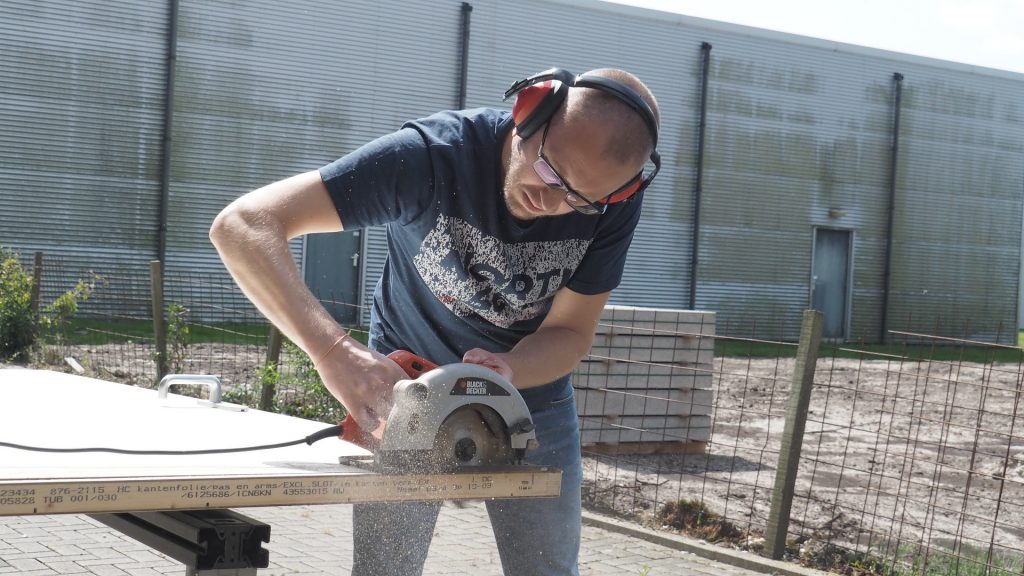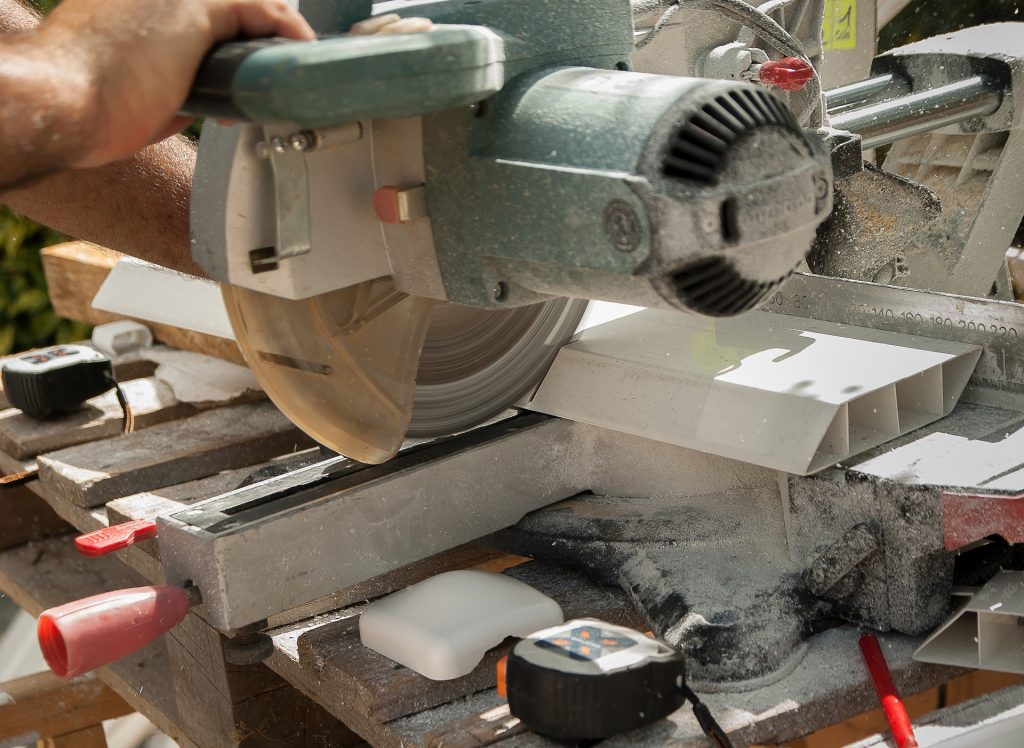Circular saws are one of the most popular tools that most woodworkers have and use regularly.
You can get a variety of different circular saw blades that are made from different materials and are used for different applications.
Since different circular saw blades are meant for different applications, it’s a good idea to be acquainted with the different materials used to make them.
Quick Summary
In this post, we will discuss the different materials that are used to manufacture circular saw blades.
We will also discuss the different applications that circular saw blades made from varying materials have.
So without further ado, let’s get started.
Different Types of Materials Used to Manufacture Circular Saw Blades
As mentioned earlier, circular saw blades can be made from many different alloys. The alloy that a circular saw blade is made from typically determines its applications.
Some common materials used to make circular saw blades include:
- High-carbon steel: As the name suggests, this alloy has a high percentage of carbon in it. It’s typically used to make Tungsten-Carbide-tipped saw blades.
- High-carbon with Vanadium: Circular saw blades made from this material are resistant to cracking. It’s used to make larger and more robust blades.
- Chrome Vanadium: This material is used to make friction circular saw blades.
- Different variations of steel: These variations are used to make a variety of hot saws. The variation will depend on the application and use of the blade.
- 440B stainless steel: This material is typically used to make saw blades for domestic use.
- Dim05 HSS: This material is usually used to manufacture HSS saws, also known as cold saws.
Different Types of Circular Saw Blades

In addition to different materials being used to manufacture circular saw blades, you also have them differentiated into different types.
The type of circular saw blade you have determines what application(s) it can be used for.
Some common types of circular saw blades include:
- Rip-cut blades: As the name suggests, these blades are used for ripping. They typically have a lower number of teeth, usually in the 16 – 40 range. They are used for aggressive cutting and taking big chunks out of thicker materials.
- Framing blades: Framing blades can be thought of as close relatives of rip-cut blades. They also have a lower number of teeth. They are typically used in scenarios where speed and efficiency are more important than accuracy and precision.
- Cross-cutting blades: Cross-cutting blades are far more accurate than the two types described above. They typically have a higher number of teeth, typically ranging between 60 and 80. They’re used for more precise cutting.
- Plywood blades: These blades are on the other side of the spectrum from rip-cut blades. They have an extremely high number of teeth, typically higher than 100. They are used for fine and precise cutting with the least possible damage to the material.
How are Circular Saw Blades Manufactured?
If you’re curious about how a circular saw blade is made into a finished product from raw materials, look no further.
Here’s how it happens:
Cutting the Steel
When the steel or alloy first arrives at the factory to be made into circular saw blades, it’s in the form of sheets or rolls.
Obviously, cutting these sheets into rolls is something that cannot be done with standard equipment. With advances in technology, we now have the ability to cut the precise shape of the blade from a sheet using laser technology.
A high-powered CO2 laser is employed to cut the circular saw blade’s shape from the sheet or roll. The design of the blade is specified through a piece of software such as CAD.
Hardening
To harden the blade, it needs to be heated to high temperatures and then cooled.
In reality, it’s a four-step process:
- The blade is first heated to somewhere between 860 to 1100 degrees Celsius. The exact temperature will depend on the alloy being used.
- Once the blade becomes red hot, it’s quickly cooled to bring it back to regular temperatures.
- Next, the blade is heated again to temperatures between 350 and 560 degrees Celsius depending on the type of alloy being used.
- The blade is then gradually cooled again.
This process makes the blade much harder and resistant to force or cracking. It also extends the blade’s lifespan.
Alignment
In the old days, blades used to be aligned using sledgehammers.
However, in today’s day and age, this can be done through technology. It’s much more convenient and also a lot more accurate than doing it manually with a sledgehammer.
Machines such as the PSR-1200 do a great job of aligning circular saw blades so that they are able to cut materials in a straight line.
Polishing
Polishing is important because it ensures that the blade is hardened evenly and equally throughout.
You don’t want one part of the blade to be properly hardened and another section less hardened. This can cause the blade to become unstable during use.
In the past, polishing used to be done by hand but it required an extremely skilled and experienced eye to do it properly. However, today, the entire process is performed by machines.
Finishing
This step is typically involved with circular saw blades that come with Tungsten-Carbide-tipped teeth.
This coating makes them resistant to corrosion and rust. Again, a machine is used to carry this process out so that the blade is coated evenly and uniformly throughout.
Sharpening
As you may have already guessed, this step is also conducted automatically by a machine and not manually by hand.
It’s to ensure that every individual tooth on the blade is sharp and won’t get stuck on any materials during cutting.
All you need is one dull tooth to ruin your entire cutting experience. Hence, machines are utilized to ensure that every single tooth is properly sharpened according to the blade’s needs.
Wrapping Things Up…
So that’s what circular saw blades are made of.
As you can see, there are many different varieties out there and you should definitely do your research to identify what type would work best for you.
Obviously, if you buy the wrong blade for the job, you’ll probably have a bad experience. Hence, take your time deciding first before you buy any blade.
If you have any further questions, please reach out to us in the comments section below.
You can also visit our website to check out more stuff like this.

